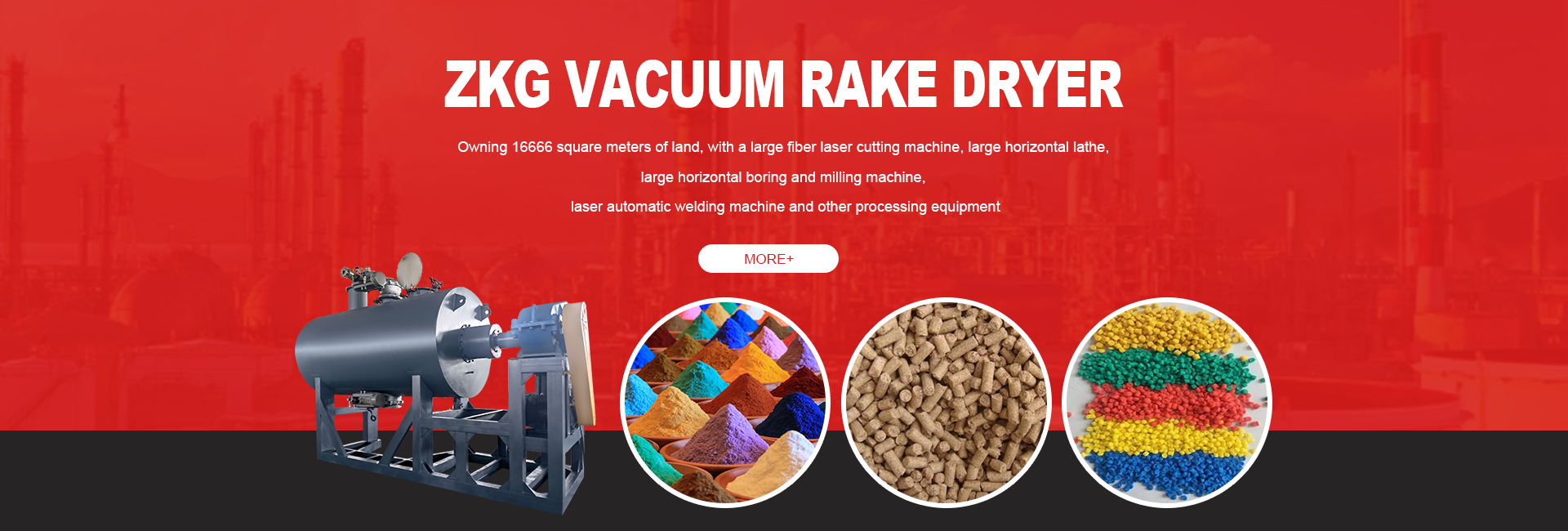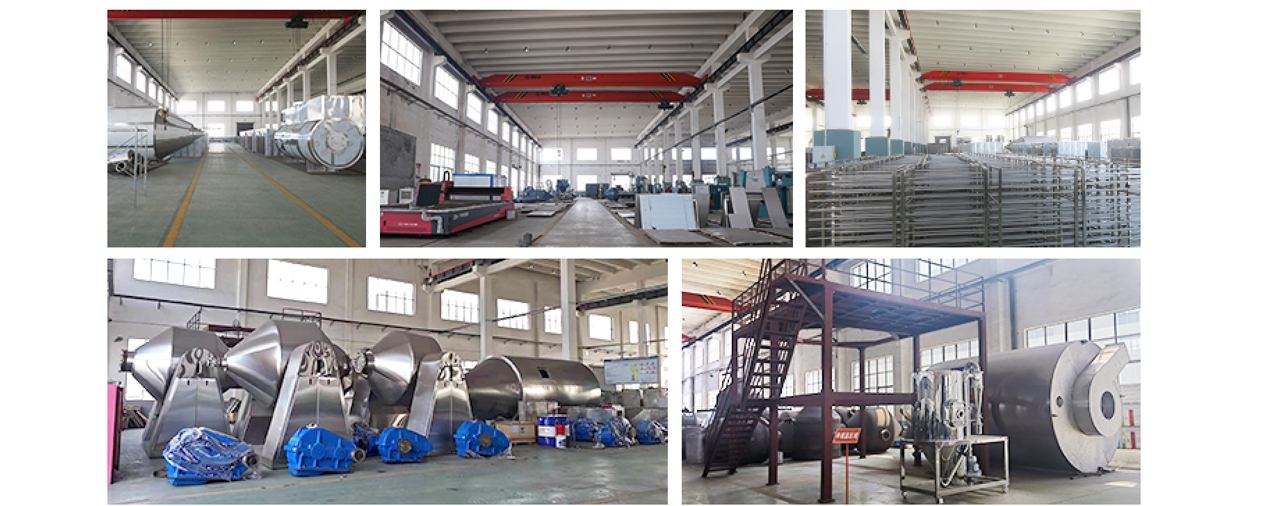Calcium carbonate industry with high efficiency mixing and granulating machine development status and features
Abstract:
The overall requirements of the granulator for calcium carbonate industry are high thermal efficiency, low energy consumption, simple configuration, convenient control, small footprint, safe and hygienic operating environment. At present, the inorganic salt industry to use the more common high-efficiency mixing granulator: rotary tube dryer, rotary indirect heating dryer, disk continuous dryer, air dryer…
Calcium carbonate industry with the overall requirements of the granulator is high thermal efficiency, low energy consumption, simple configuration, convenient control, small footprint, safe and healthy operating environment. At present, the inorganic salt industry to use the more common high-efficiency mixing granulator are: rotary tube dryer, rotary indirectly heated dryer, disk continuous dryer, air dryer (also divided into pulse airflow, airflow rotary, positive and negative pressure of the second airflow drying), rotary flash dryer, rotary drum dryer, spray dryer (also divided into granulation, powder, centrifugal, pressure), vibrating fluidized bed dryer, static vacuum dryer, hot air circulation oven, rake, slurry dryer Dryer, hot air circulation oven, rake, slurry leaf vacuum dryer, boiling dryer (horizontal, vertical), etc..
These high-efficiency mixing and granulating machines provide a guarantee for product quality, but there is a problem of exhaust gas collection “dust”. Due to the increasing number of nanoscale products, the original particle size is more and more fine, the potential moisture content of paste materials, coupled with the continuous development of enterprises to large-scale, large-scale direction, enterprises are eager to combine high-efficiency mixing and granulating machine. Especially some large-tonnage products, such as precipitated calcium carbonate, the current national production of more than 300 million tons, the production line annual output of 10,000 tons, 100,000 tons of scale to five sets of high-efficiency mixing and granulating machine, Guangxi, an enterprise planning to engage in 500,000 tons, according to the current level of high-efficiency mixing and granulating machine, regardless of the footprint of the equipment or the product drying after the tail gas collection “dust “The amount is very large.
According to the current industry commonly used pulse bag filter, the operating environment is very harsh, must take strong measures to solve. Therefore, we hope that the equipment development unit to focus on solving two problems, one is the high water content of the paste micro-fine objects drying problems, the second is the object after drying exhaust collection “dust” industrial hygiene problems. Calcium carbonate industry, for example, more than 200 enterprises across the country, in the selection of high-efficiency mixing and granulating machine, the basic use of rotary indirect heating dryer, continuous disk dryer, rotary tube dryer, etc., although the production efficiency has been met, energy consumption and exhaust gas collection “dust” is not ideal, a calcium carbonate into the enterprise, from the ground to the roof are Once in the calcium carbonate enterprise, from the ground to the roof are covered with a layer of white calcium carbonate powder, even in the office of the tables and chairs is also a layer of white, which on the one hand, there is a management problem, and more importantly, is the drying of the exhaust gascollection “dust” is not pass. Recently, this industry introduced the dust removal equipment produced by DuPont, which basically solved the problem.
Therefore, the combination of high-efficiency mixing and granulating machine should include: providing heat source equipment, one or two high-efficiency mixing and granulating machine, exhaust collection “dust” equipment, etc., I hope that the equipment manufacturing, research units in the thermal efficiency, low energy consumption, simple configuration, easy to control, etc., in the combination of high-efficiency mixing and granulating machine to do articles, services to others, development of Service to others, development of their own. If the drying problem of calcium carbonate industry is solved, realize the high efficiency of the equipment, environmentally friendly, other varieties of drying problems will be solved.
Post time: Dec-21-2024






